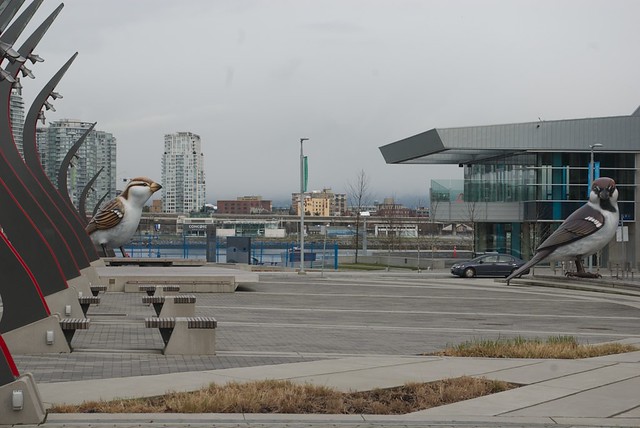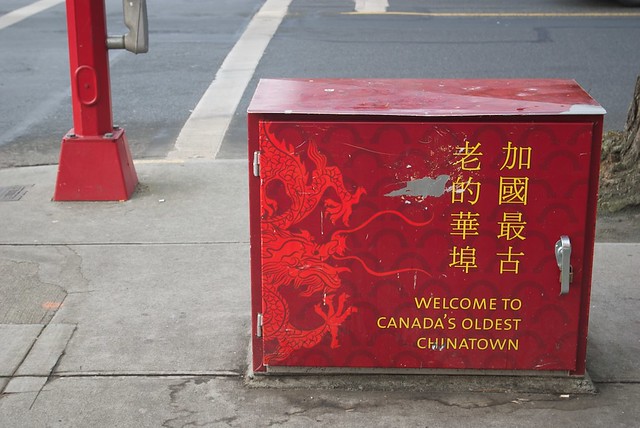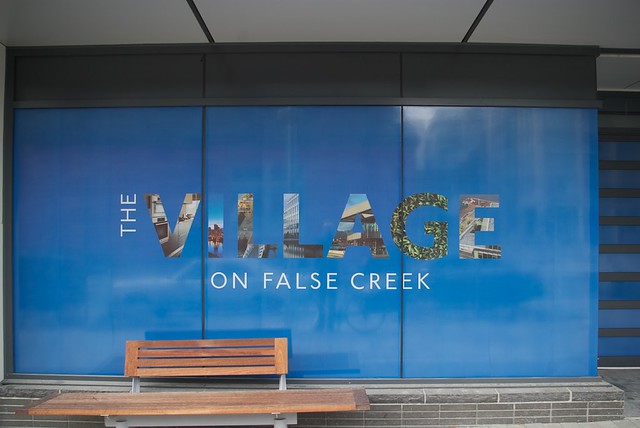
The City of Vancouver stands to profit from selling-off housing units at the Olympic Village that were promised for affordable and social housing. The original Official Development plan for the Olympic Village committed that 2/3rds of the 1100 units would be affordable, half of which would be social housing.
But the City has invested almost no funds toward meeting these promises. Millennium development corporation, which built the Olympic Village, has already paid $29M to the City for the land lease. The City then put forward a similar amount ($32M) toward the few remaining “affordable” units. In short, the City spent almost no new funds on affordable housing. Even worse, these “affordable” units were then transferred to a co-op to be marketed at unaffordable levels.
The City stands to collect another $170M from Millennium for the land lease, but the City has no plans to reinvest any of this profit to meet housing promises. There is ample precedent to do so: the fourteen sites of supportive housing were built by the City putting forward the land without expectation of profit.
Millennium on the hook, not the City
The Millennium development corporation is not bankrupt or insolvent, as many suppose. On the contrary, they remain legally on hook for the construction loan. For now the City has taken control of marketing the Olympic Village properties, but Millennium has many other properties and assets. Instead of going after Millennium’s assets, the City has bailed-out Millennium. Millennium had been paying high interests rates, but the City has waived that requirement. The City is selling off social housing to keep Millennium afloat.
The City has hired condo marketer Bob Rennie to sell-off the ‘broken promise’ units. Bob Rennie claims that he is trying to “protect the taxpayer,” but in fact by liquidating the broken promise units, he is protecting Millennium by ensuring that the City does not go after their assets. [To be continued in Part 2, “Poverty Runs Over-budget at False Creek”]



